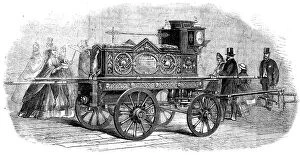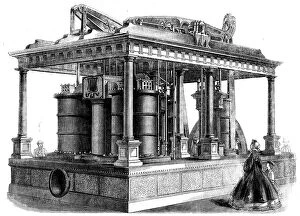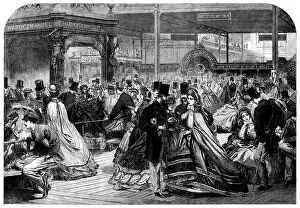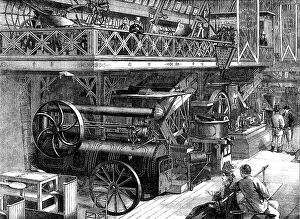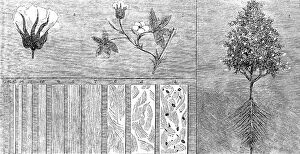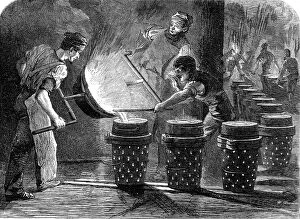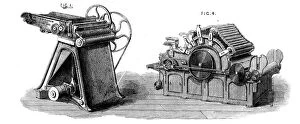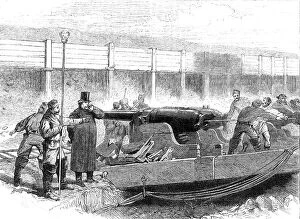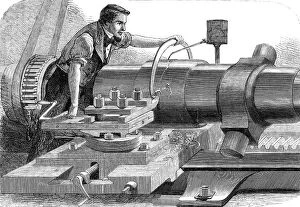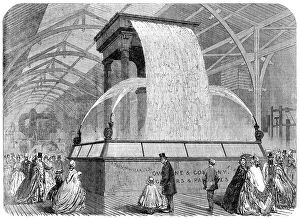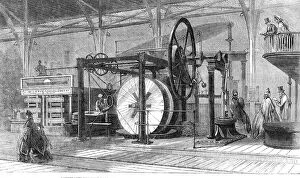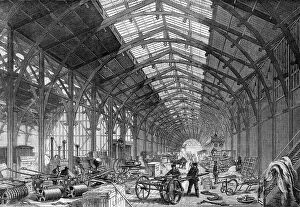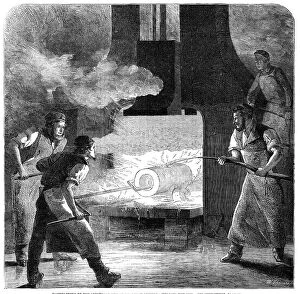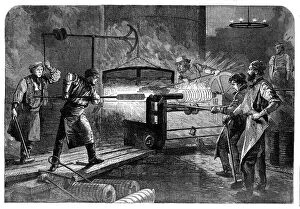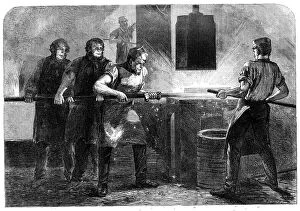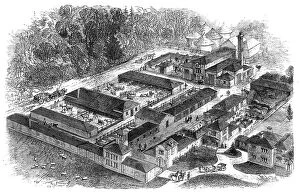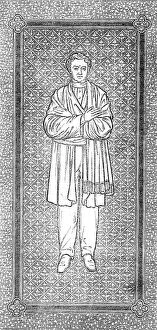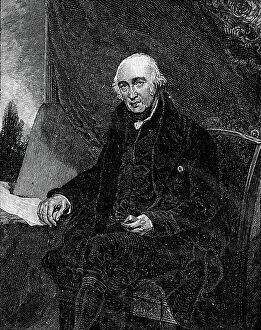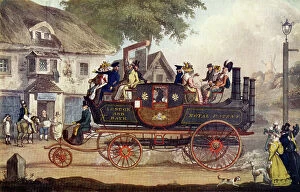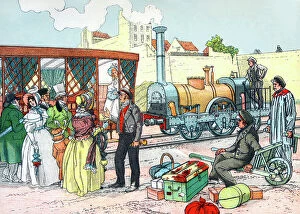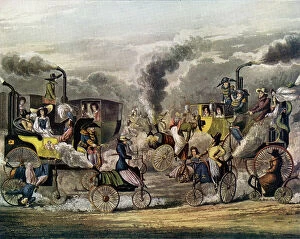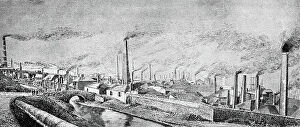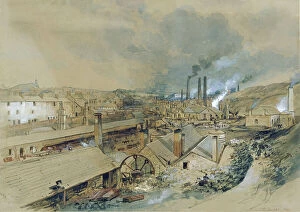Industrial Revolution Collection (page 8)
The Industrial Revolution in the 1800s marked a significant turning point in history
For sale as Licensed Images
Choose your image, Select your licence and Download the media
The Industrial Revolution in the 1800s marked a significant turning point in history, as it brought about groundbreaking advancements and transformations that shaped the world we know today. The Engine House at GWR Works in Swindon (BB94_04685) stands tall as a testament to this era of innovation and progress. Meanwhile, deep within the coal mines of England during the 1850s, workers toiled tirelessly to extract precious resources that fueled industrial growth. In British factories across the nation, skilled artisans blew glass with precision and finesse, showcasing their craftsmanship amidst the bustling atmosphere of production. A Factoryscape in the Potteries captured by lens in 1938 reveals a landscape dominated by chimneys spewing smoke into an ever-changing sky. Crewe Station emerged on July 4th, 1837, marking its inauguration alongside the opening of the Grand Junction Railway. This transportation hub became a symbol of connectivity and facilitated trade between cities like never before. Victorian London was notorious for its shady corners where both wealth and poverty coexisted side by side. A Punch cartoon immortalizes Faraday's brilliance as he presents his card to Father Thames himself - an engraving capturing scientific discovery intertwining with nature's elements. Arkwright's Cotton Mills illuminated Cromford, Derbyshire when night fell; these mills were beacons of productivity powered by George Stephenson's revolutionary locomotive "The Rocket" from 1829. Glass factory workers throughout Britain during this period showcased their dedication while shaping molten material into exquisite forms that adorned homes worldwide. These glimpses into our past remind us how far we have come thanks to those who dared to dream big during this transformative age known as the Industrial Revolution.


